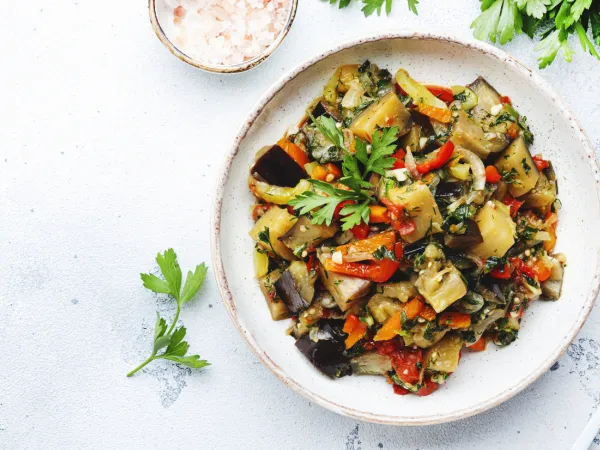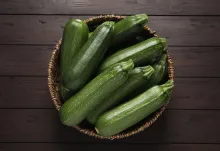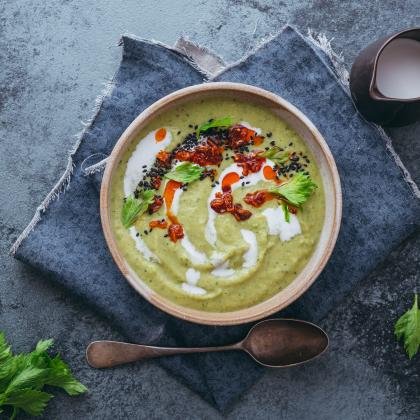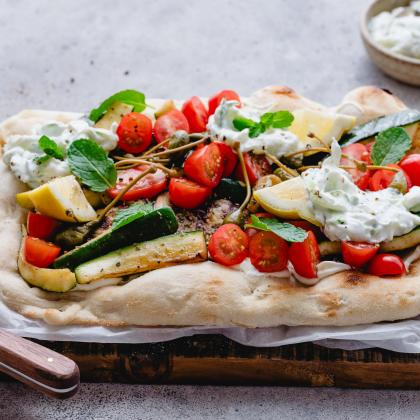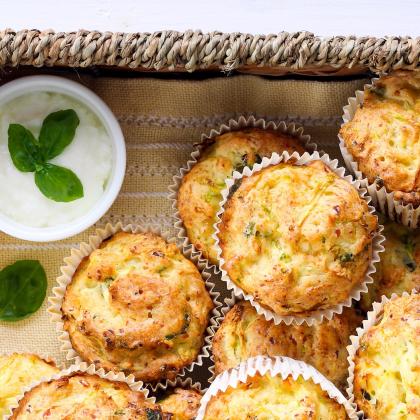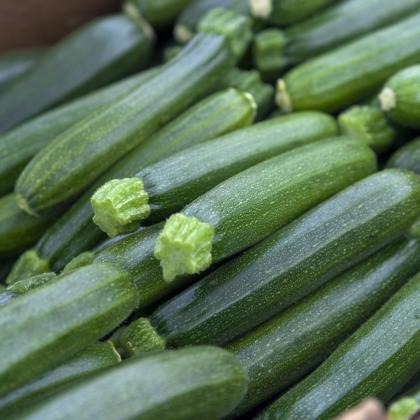Types of Zucchini
The classic green variety is the most common in Australia, but you can also find white zucchinis in select places. Zucchinis are known for their mild and neutral taste, making them the ideal base for highlighting other flavours, spices, and ingredients. Fun fact: the tastiest zucchinis are often the smaller ones.
Preparing Zucchini
Raw
Eating zucchini raw
‘Zoodles’ or zucchini spaghetti are noodles made from raw zucchini ribbons, cut using a spiraliser or a vegetable peeler. It’s a delicious low-carb alternative to pasta.
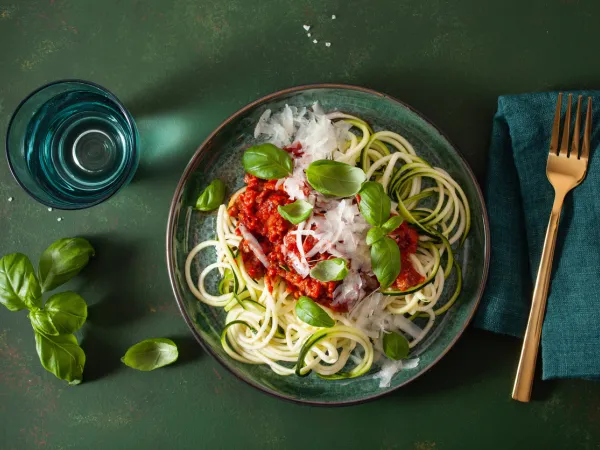
Frying
Frying zucchini
Zucchini is a quick vegetable to fry – just 3 minutes is enough. The exact cooking time depends on how you slice it; larger chunks take a bit longer than thin slices. Fried zucchini works beautifully in a pasta dish with salmon, lemon zest, and a generous spoonful of crème fraîche.
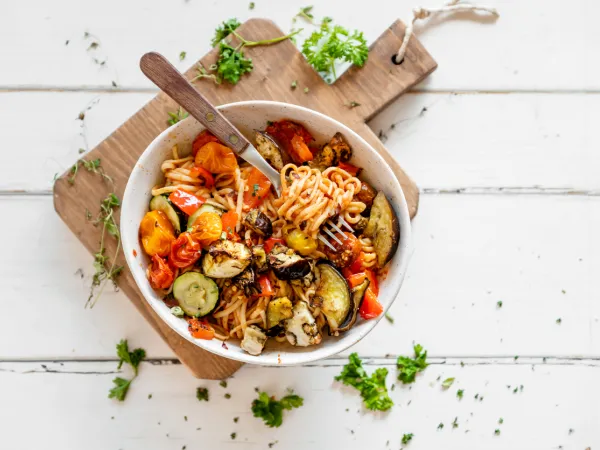
Oven
Zucchini in the oven
Oven-roasted zucchini is incredibly simple to make. Just cut them into pieces – you can choose between small cubes or larger chunks – drizzle with olive oil and sprinkle with herbs like rosemary or thyme. Roast for 15 minutes in a preheated oven (180°C). The result is tender, flavourful zucchini that can be served with couscous, tossed into a salad, or even piled on toasted bread with mozzarella and pesto.
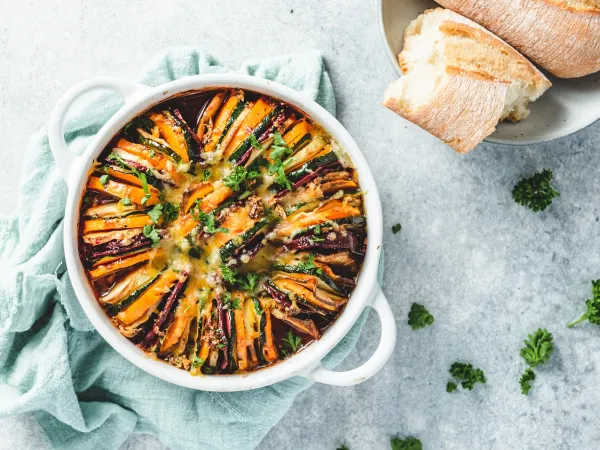
Grilling
Grilled zucchini
Grilling is a quick and delicious way to cook zucchini. Slice it into thin pieces or ribbons (about 0.5 cm thick) and brush with olive oil. Grill the slices in a hot grill pan until they develop a gorgeous, charred pattern and become perfectly al dente.
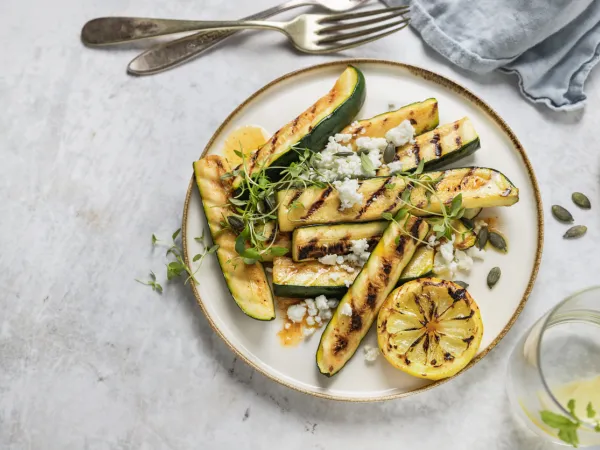
Stewing
Stewed zucchini
Zucchini is a great addition to stews like ratatouille. Take a heavy pan, add a generous splash of olive oil, and toss in large chunks of zucchini. Set the heat low and let them cook slowly for 30 minutes with the lid on, allowing the flavours to come together as the zucchini softens and absorbs all the delicious seasonings.
